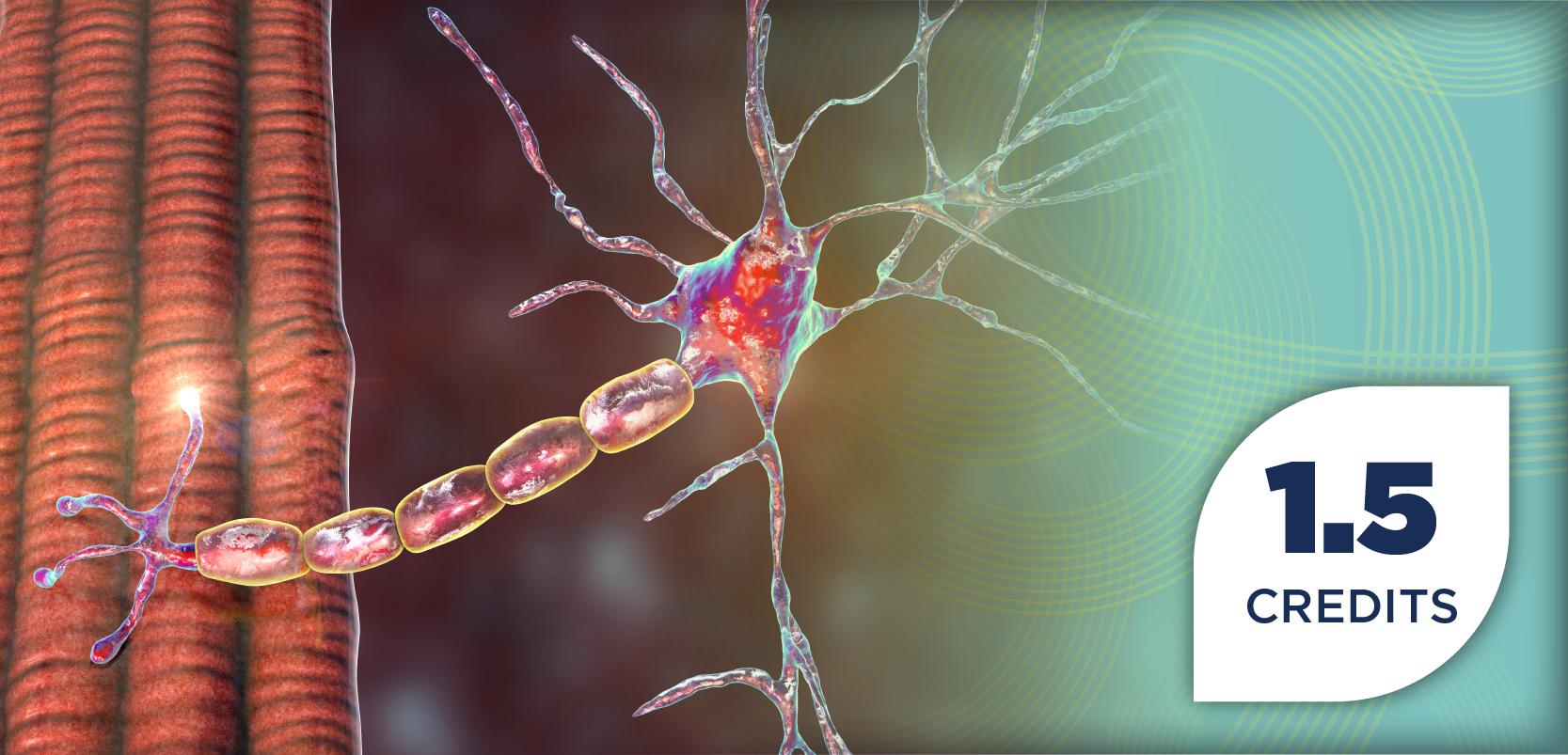
Method to Prevent Heart Failure Readmission May Be Hiding Under the Bed
One way to help patients with heart failure is identifying signs of decompensation early.
One way to help patients with heart failure is identifying signs of decompensation early.
Previous research has shown that monitoring daily vital signs has limited use in predicting
Piezoelectric monitoring converts mechanical movements such as breathing and sleeping patterns to electrical signals, and the device’s mathematical algorithm creates a digital record of vital signs.
The new research, which was published online in the Journal of Telemedicine and Telecare, indicates that home piezoelectric monitoring has the potential to predict 30-day heart failure readmission risk.
The researchers enrolled patients aged older than 18 years who had symptomatic heart failure (either systolic left ventricular or preserved ejection fraction), lived in Northeast Ohio, and slept alone on a mattress at home. Exclusion criteria included prearranged readmission or plans to travel out of Northeast Ohio within 30 days of discharge.
Patients found the monitoring system inconspicuous and reliable. Only one patient in the group of 30 reported that the system disrupted his sleep, and another had missing piezoelectric data.
Four patients were readmitted for heart failure, and another 5 patients were admitted for other reasons. Respiration rate, movement rate, and behavior scores were observably higher in patients who were readmitted compared with those who were not readmitted for heart failure.
The researchers concluded that the system may be able to identify decompensation unobtrusively, allowing health care providers to initiate outpatient stabilizing interventions promptly.
This study may have been the first to examine recumbent nocturnal physiological patterns in older adults discharged home after heart failure hospitalization with a passive contactless monitoring system. However, the non-randomized observation model with a small sample size and short follow-up period were some of the study’s limitations.
Newsletter
Stay informed on drug updates, treatment guidelines, and pharmacy practice trends—subscribe to Pharmacy Times for weekly clinical insights.


















































































































































































































